To thrive, both must shed diplomatic niceties and turn good will into policymaking.
To thrive, both must shed diplomatic niceties and turn good will into policymaking.
By Mehmet Enes Beşer
While the international economy struggles with the challenge of increasing volatility—ranging from supply chain redefinitions and inflationary shocks to climate-induced disruptions and fragmentation driven by geopolitics—the regional blocks like the European Union (EU) and Association of Southeast Asian Nations (ASEAN) are faced with a short-term imperative: to move beyond rhetorical assurances and towards a more strategic, more profound economic partnership. The implications go beyond economics. For ASEAN, to take but one example, greater engagement with Europe presents a one-time opportunity to anchor its room to maneuver in the era of U.S.-China competition and protectionism. In the process, ASEAN would reaffirm its time-honored preference for strategic autonomy and economic diversification of its interdependencies in an era of polycrisis.
The EU–ASEAN imperative is spurred chiefly by the evolving character of globalization. The post-Cold War decades’ liberal economic model has busted. Geo-economic logic has replaced trade liberalization, and multilateralism is under threat. Europe and Southeast Asia are vulnerable—Europe to the energy security shock and strategic dependence on competitors, and ASEAN to the dangers of dependence on a single market, particularly on China and the United States. As economic nationalism intensifies and technology becomes the new horizon of competition in the world, the mid-size players must forge strong, balanced coalitions to shield themselves from the capriciousness of exogenous shocks.
EU–ASEAN coordination under such a scenario is only natural and long overdue. Two blocks of nearly a billion citizens, strong consumer markets, advanced production networks, and a shared purpose—albeit at least potentially—to open, rules-based trade are not to be underestimated. Bilaterally, they have deepened as one-to-one Free Trade Agreements (FTAs) between the EU-Singapore or Vietnam and ongoing negotiations with others such as Indonesia and Thailand. But absence of an inter-regional FTA or a conventional economic deal is a persisting gap that lingers. While both are weighing their economic interdependences and searching for long-term partners, institutionalization of EU–ASEAN trade and investment ties needs to be intensified from rhetoric into policy objective.
Apart from ASEAN, the benefits of greater EU involvement reach far beyond the economic. Although it is not a military deployment in the Asian continent, the EU is a vast capital provider, technology donor, and regulatory trust maker. European investment, which specifically targets green infrastructure, digital innovation, and sustainable finance, is aligned with ASEAN development priorities and can serve as a counterbalance to less transparent or extractive types of investment. Secondly, European labor standards, environmental protection standards, and the standards of governance—albeit sometimes controversial—can propel ASEAN economies and long-term competitiveness.
Most importantly, greater EU engagement reinforces ASEAN’s strategic autonomy. Over the past few years, ASEAN’s delicate balancing act between the U.S. and China has been getting shakier by the day. Though China remains the biggest trading partner and investor in the region, its actions in the South China Sea and economic coercion policy have raised an eyebrow. The U.S., however, has returned to the region with efforts like the Indo-Pacific Economic Framework (IPEF), yet without much market access and vulnerable to political mood shifts. A more limited EU engagement offers the potential to allow ASEAN to diversify its allies and counter the superpowers’ gravitational attraction. It is not an alignment strategy, but a diversification strategy—a strategy for sidestepping binary choices in a more polarized world.
The EU stands to gain a great deal as well. While Brussels heads towards a “strategic compass” that recognizes the geopolitical fact of trade and investment, Southeast Asia is the natural friend. It is not only demographically dynamic, politically comparatively tranquil, and increasingly in the middle of global supply chains for anything from microchips to medicine. By investing in ASEAN, the EU can diversify out of over-exposure to China, enhance its voice on Indo-Pacific issues, and project its own distinct identity as a geopolitical player beyond the EU.
It won’t be a relationship that will come overnight. It will have to be built by design through shared political will and institutional creativity. Regulatory divergences, unbalanced pasts, and uneven phases of development have been longstanding barriers to making progress. To overcome them, both need to embrace elastic modalities of cooperation. The EU can go on sectoral cooperation with ASEAN as a bloc—on electronic trade, green energy, and supply chain resilience—alongside bilateral FTAs. ASEAN has to internalize enhanced coherence, rationalize investment procedures, and maintain superior standards that will be capable of accommodating European members.
The political content of this union also has to be restructured. EU–ASEAN relations have long been burdened with conditionality and colonialism-based suspicion. If this is to be a strategic partnership, it has to be one of respect towards the other and acceptance of each other’s agency. Europe needs to learn to respect ASEAN’s desire to be free and not preach to them from some moral high ground of righteousness that Europe has declared for itself. And ASEAN must realize that European scrutiny of standards is not neocolonialism, but sensitivity to domestic political needs to warrant foreign intervention.
Conclusion
The globe is re-mapped more by fragmentation and contestation, and action on EU–ASEAN cooperation is now. The world economic map is being remade, and those spaces that are moving ahead through coordination will sketch the contours of the new order. For ASEAN, strengthening relations with Europe is not shutting out other partners, but reaffirming its open regionalism and strategic flexibility principle. For the EU, partnership with ASEAN is not charity, but a strategic investment in remaining relevant, resilient, and diversified.
To thrive, both must shed diplomatic niceties and turn good will into policymaking. That would involve accelerating trade negotiations, investing further in strategic areas, and establishing mutual crisis management and digital innovation strategies. But most importantly, it is a shared vision: that in a world of doubt, interdependence must be defined—not by dominance or dependency—but by cooperation among equals.
ASEAN’s vision of strategic autonomy will never be realized through hedging and isolation. It must be based on such alliances as render the region proactive even in the face of great power pressure. The EU’s normative leadership and economic power are best placed to be such an ally. Together they can chart a course not of resistance to international anarchy but of constructive leadership in fashioning what’s next.



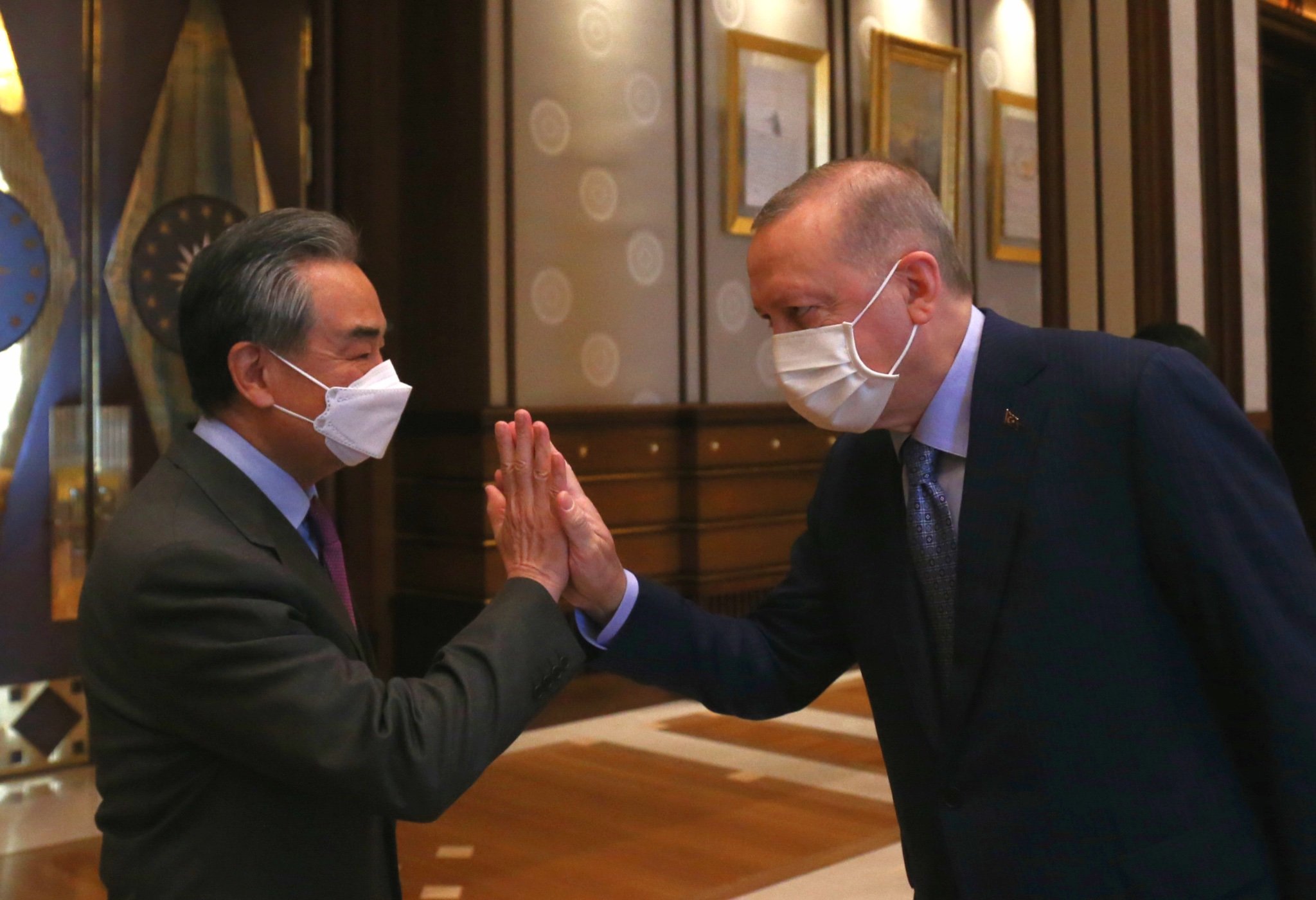



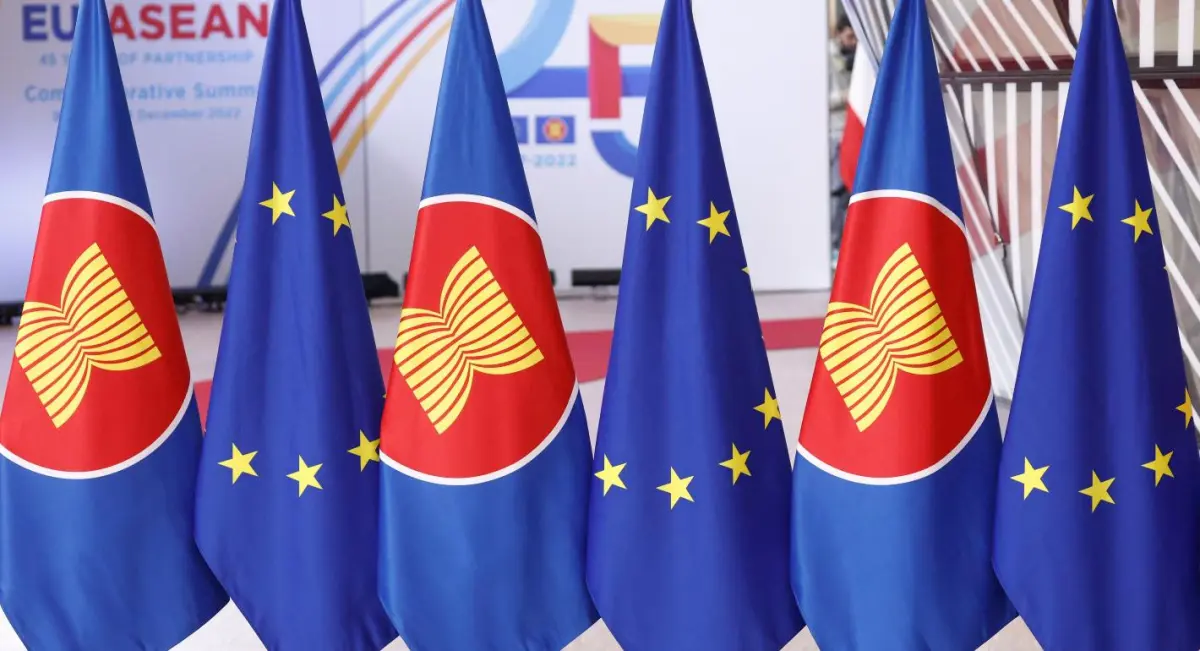

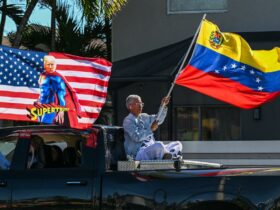
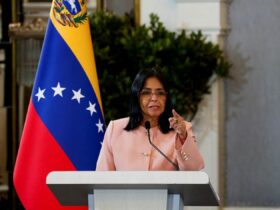
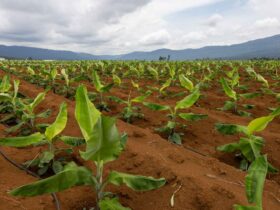
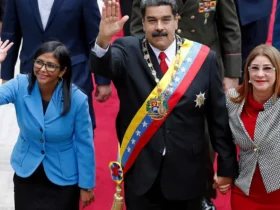
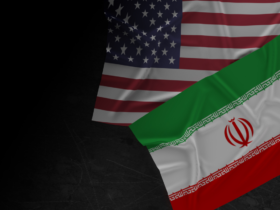
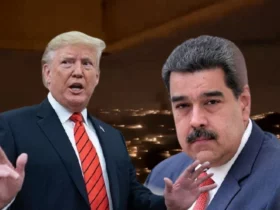
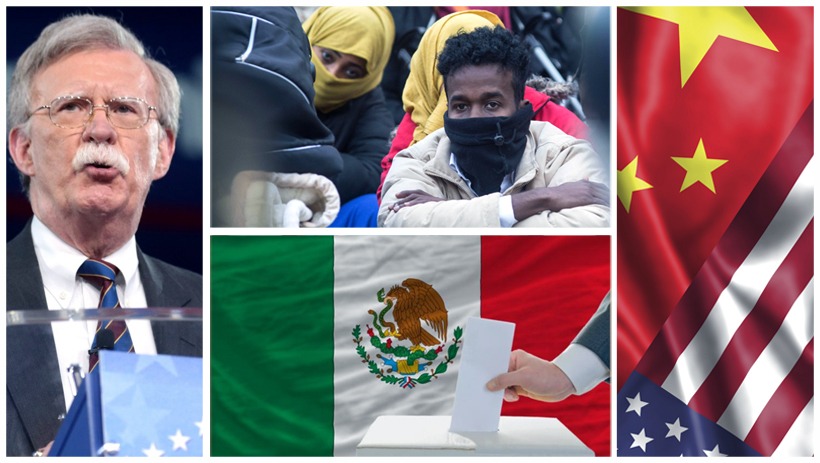
Leave a Reply